STYRENE BUTADEINE RUBBER
SBR
Styrene-butadiene or styrene-butadiene rubber (SBR) describe families of synthetic rubbers derived from styrene and butadiene. These materials have good abrasion resistance and good aging stability when protected by additives. The SBR ratio influences the properties of the polymer: with high styrene content, the rubbers are harder and less rubbery.
SBR is derived from two monomers, styrene and butadiene. The mixture of these two monomers is polymerized by two processes: from solution (S-SBR) or as an emulsion (E-SBR). E-SBR is more widely used.
SBR is the most widely used synthetic elastomer. SBR demand is concentrated in durable goods, primarily automotive applications, such as tires and tire products, which account for about 70% of global consumption. Non-tire markets represent about 25–30% of SBR demand with applications in automotive components, mechanical parts, and a wide variety of other end uses. SBR’s main advantage in tire applications is that it provides longer life to tire treads.

APPLICATIONS
pneumatic tires, shoe heels, soles, gaskets, chewing gum, coated papers, building applications, mechanical industries, cement, speaker, cutting boards, lithium-ion battery, etc.

